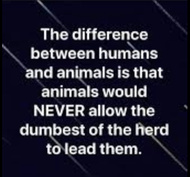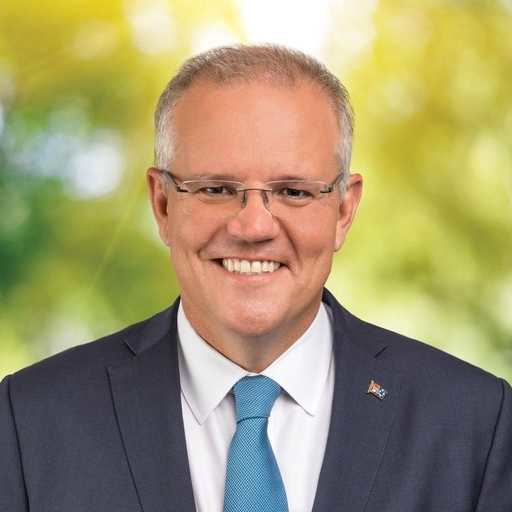
One of Prime Minister Albanese’s favourite three-word slogans is ‘renewable energy superpower’. It comes from Ross Garnaut’s 2019 policy propaganda book Superpower: Australia’s Low-Carbon Opportunity.
From the miracle ingredient of cheap renewable electricity, Garnaut cleverly mixed a cocktail of plausible-sounding re-orientations of long-standing Australian themes. The miracle ingredient re-invents our traditional competitive advantage in cheap electricity from coal into a Net Zero world. Then add the familiar modifier of using cheap power to value-add to Australia’s mineral resource endowments. Top the cocktail off with ‘green hydrogen’, ‘green steel’, and other ‘green’ industries to replace our fossil fuel exports. Drink this seductive cocktail (which I’ll christen ‘the Garnaut’) and hey presto, Australia remains the lucky country in a Net Zero world, even as we toast the loss of our number two and number three exports, coal and gas, which also provide three-quarters of our electricity.
Garnaut, once Bob Hawke’s economic advisor, designed Labor’s carbon pricing schemes in the Rudd-Gillard years. So, it’s no surprise Albanese Labor has enthusiastically imbibed the Garnaut:
My government has committed to ensuring Australia becomes a renewable energy superpower, harnessing our natural advantages to become self-reliant for energy and a major clean energy exporter.i
But the release of the Australian Energy Market Operator’s Integrated System Plan 2022 in June provides a sobering remedy because its ‘Hydrogen Superpower’ scenario explores the renewables required to support a hydrogen-based export industry. Despite Albanese’s Garnaut-sozzled ‘renewable energy superpower’ refrain, it’s easy to see why AEMO, operator of our energy market, does not think it likely.
In Hydrogen Superpower, the scale of development can only be described as monumental. For Australia to become a renewable energy superpower, as assumed in this scenario, the National Electricity Market would need approximately 269 GW of wind and approximately 278 GW of solar – 34 times its current capacity of Variable Renewable Energy. This would expand the total generation capacity of the National Electricity Market more than eight-fold (rather than over two-fold for the more likely Step Change and Progressive Change scenarios).ii
The 269 GW of wind would be nearly 90,000 3 MW wind turbines, or the equivalent of about 900 largish new wind farms of 300 MW capacity. The cost could be over $500 billion based on recent projects at around $2 billion per GW. The cost of the 278 GW of solar could be a further $280 billion based on recent projects at around $1 billion per GW.
Fortunately, another ingredient of the Garnaut cocktail is a new era of near zero interest rates, so the billions of dollars won’t cost anything. What could go wrong?
But there’s more. New South Wales Treasurer (previously the Minister for Energy) Matt Kean drank the Garnaut cocktail, subtitling his NSW electricity infrastructure roadmap ‘building an energy superpower’.
To reassure workers and regions that will be hit hard by coal closures it says, ‘A green steel industry in just one NSW region has the potential to support an expected 10,000 jobs.’iii This comes from the Grattan Institute’s report Start with Steel, the region is the Hunter, and it involves 135 GW of renewable generation to support a substantial ‘green steel’ export industry.iv That would be on top of the ‘monumental’ 574 GW involved in AEMO’s Hydrogen Superpower scenario.
With Hydrogen Superpower exposed as somewhat of a fantasy, AEMO’s Plan focusses on the Step Change scenario it considers the most likely. It is ‘closely aligned’ with Labor’s target to reduce Australia’s emission by 43 per cent of 2005 levels by 2030 and consistent with 83 per cent of electricity coming from renewables by then. It forecasts electricity demand doubling by 2050 as homes, vehicles and industrial applications switch to electricity from existing energy sources and population grows. It also envisages some domestic hydrogen production for use in transport and as a blended pipeline gas, with some industrial applications after 2040. It’s not the full Garnaut, more like a Garnaut-lite.
In the most likely Step Change scenario, the Integrated System Plan forecasts the need for over 125 GW of additional Variable Renewable Energy by 2050, to meet demand as coal-fired generation withdraws. This means maintaining the current record rate of Variable Renewable Energy development every year for the decade to nearly treble the existing 16 GW of Variable Renewable Energy by 2030 – and then doubling that capacity by 2040, and again by 2050.v
Step Change also involves a trebling of non-coal firming capacity (batteries, pumped hydro, or gas) and 10,000 km of new transmission to connect geographically diverse generation and storage/firming to customers. This must be built as urgently as possible. Energy Security Board chief Anna Collyer told the Sydney Morning Herald on 7 June that it was difficult to explain the scale of the transition required for a grid that was at present relying on coal for two-thirds of electricity, describing the challenge as ‘mind-boggling’.vi
The cost of the additional Variable Renewable Energy could be on the order of $200 billion, with much more for firming capacity, transmission, and various power system services. Gas-fired generation will remain critical through to 2050 to ‘complement battery and pumped hydro generation in periods of peak demand, particularly during long ‘dark and still’ weather periods.’vii It seems unlikely the renewable-only fanatics will take much notice until sobered up by a large-scale blackout.
AEMO’s Plan shows Step Change requires a massive increase in the density of wind and solar farms in designated renewable energy zones by 2050, transforming the Darling Downs, New England, the Central West of NSW, Western and South-Western Victoria, and South-East South Australia.viii
Labor, the Greens, and the Teal independents hold not a single Federal seat in these areas. Their strident demands from city electorates for more climate action, more renewables faster, are unlikely to make a positive contribution to the critical role of securing ‘community support’ and ‘social licence’ which AEMO says ‘will require urgent and continuing focus’.ix
It is a dynamic that could tear Australia apart as urban Australia imposes a nine-fold increase in renewable energy capacity and 10,000 km of new transmission lines on regional Australia. Becoming a renewable energy superpower would be a monumental imposition if our political, policy, and business elites keep drinking the Garnauts.
Former prime minister Scott Morrison may retire from parliament by the end of the year with hopes of potentially taking up a key international consulting post.......He was a nothing P.M....WEAK & FECKLESS...and now RUNNING AWAY from the Country he helped destroyed, JUSTICE needs to be served and SCOMO needs to be around to answer for his COWARDICE.













